How We Collaborate with Indigenous Artists
Learn how we collaborate with Indigenous artists to create authentic designs, ensuring cultural respect, fair compensation, and genuine storytelling through every piece of apparel.
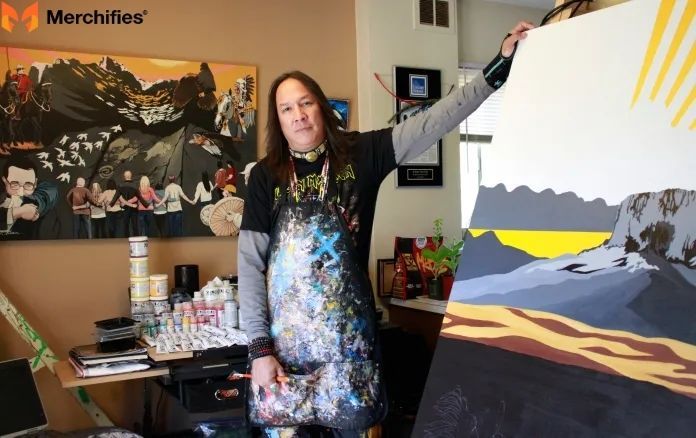
Blog Post Contents
In a world increasingly aware of its environmental and social footprint, consumer demand for mindful choices has surged. This shift is nowhere more evident than in the fashion industry, where the desire for sustainable, ethical, and culturally responsible clothing is reshaping how we view what we wear. At the heart of this transformative movement lies ethical native shirt production and the powerful principles of indigenous collaboration fashion.
This article, guided by insights from industry expert Evelyn Sage, will explore the critical importance, guiding principles, and leading examples of genuine Indigenous collaboration in fashion. We’ll highlight how to move from mere inspiration to true partnership, ensuring that clothing tells a story of respect, empowerment, and authenticity.
The Rise of Ethical Native Shirt Production and Indigenous Collaboration Fashion
The fashion landscape is evolving rapidly, driven by consumers who demand more than just aesthetics. They seek transparency, sustainability, and practices that honor both people and planet. This growing awareness has shined a spotlight on ethical Native shirts production, a movement deeply rooted in Indigenous collaboration fashion. This isn't just about using traditional designs; it's about a holistic approach emphasizing mutual respect, fair trade, cultural preservation, and environmental stewardship.
Indeed, as Evelyn Sage often shares in her discussions on conscious consumerism, the true essence of ethical fashion lies in partnerships that empower indigenous communities. This article will explore the critical importance, guiding principles, and leading examples of genuine indigenous collaboration in fashion, highlighting how to move from mere inspiration to true partnership, ensuring every thread woven carries a story of respect and responsibility.
Why Ethical Indigenous Collaboration Matters: A People-First Approach to Fashion
Genuine indigenous collaboration isn't just a marketing trend; it’s a profound commitment to a people-first approach in fashion. It tackles deep-seated issues within the industry, fostering positive change from the ground up.
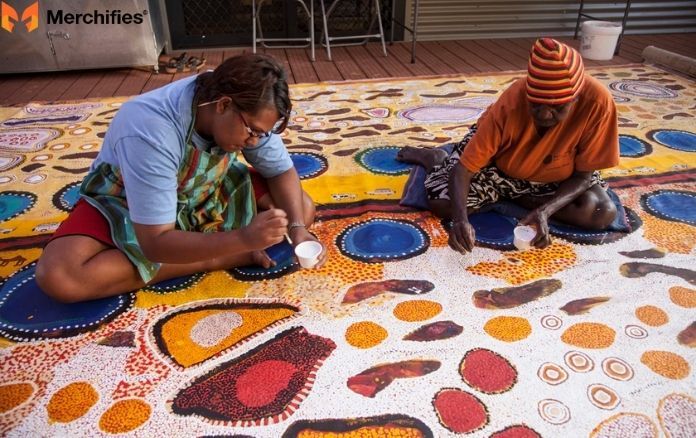
Cultural Preservation and Revitalization
At its core, ethical native shirt production through indigenous collaboration is about safeguarding centuries of knowledge. It actively works to preserve and revitalize traditional textile arts, intricate weaving techniques, and the ancient art of natural dyeing. These are not merely crafts; they are living repositories of Indigenous heritage, storytelling, and design authority. By valuing and supporting these practices, we contribute to the continuity of vibrant cultures that might otherwise face erosion in a fast-paced, globalized world.
Economic Empowerment and Fair Livelihoods
One of the most immediate impacts of indigenous collaboration fashion is economic empowerment. This model ensures fair wages, safe working conditions, and equitable profit sharing for Indigenous artisans and their communities. It’s a direct antidote to the exploitation and unfair labor practices often rampant in global supply chains. By supporting Indigenous-owned small businesses and community development initiatives, we help build sustainable livelihoods, creating economic independence and fostering local prosperity.
Environmental Sustainability through Indigenous Wisdom
Indigenous communities have long practiced a deep reverence for nature, embedded in their everyday lives and traditional practices. This profound connection offers invaluable lessons in environmental sustainability. The "Farm-to-Closet" model, for instance, often aligns with Indigenous wisdom, prioritizing the utilization of organic, natural fibers and eco-friendly techniques. These localized production methods and sustainable resource management strategies are not only less impactful on the planet but also offer a blueprint for a truly sustainable fashion future.
The Pillars of Genuine Indigenous Collaboration in Fashion: Building Ethical Frameworks
Moving beyond good intentions requires robust, ethical frameworks. Genuine indigenous collaboration is built upon specific foundational pillars that ensure fairness, respect, and longevity.
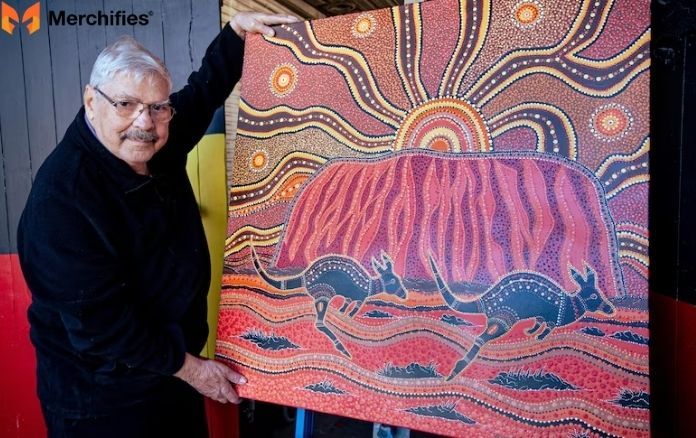
Establishing Mutual Respect and Ethical Collaboration Frameworks
The bedrock of any successful partnership is mutual respect. In indigenous collaboration fashion, this means prioritizing Indigenous leadership and design authority in all aspects of the partnership. It necessitates ensuring Free, Prior, and Informed Consent (FPIC), a crucial principle that guarantees Indigenous communities are consulted and agree to projects affecting them, as outlined in robust "Indigenous Partnership Principles." Cultivating cultural sensitivity and transparent communication from the outset is non-negotiable, building trust and shared understanding.
Protecting Intellectual Property (IP) and Cultural Heritage
Protecting intellectual property (IP) is paramount. This involves implementing clear legal and contractual safeguards for Indigenous designs, motifs, and techniques. Recognizing traditional knowledge as a valuable asset that belongs unequivocally to its originators is fundamental. Ethical collaboration actively works to avoid the commodification of cultural elements without proper acknowledgment, compensation, or consent, thus preserving the integrity of cultural heritage.
Fair Compensation and Sustainable, Long-Term Partnerships
A truly ethical model develops business frameworks that guarantee fair wages, appropriate royalties, and direct investment back into Indigenous communities. This is about building enduring relationships based on trust, reciprocity, and a shared vision for the future. Integrating traditional techniques into genuinely sustainable supply chains means looking beyond short-term gains to foster long-term, equitable partnerships that empower communities for generations.
Navigating the Ethical Landscape: Cultural Appropriation vs. Authentic Appreciation
The line between inspiration and appropriation can often feel blurry, yet understanding this distinction is crucial for anyone engaging with ethical native shirt production and indigenous collaboration fashion.
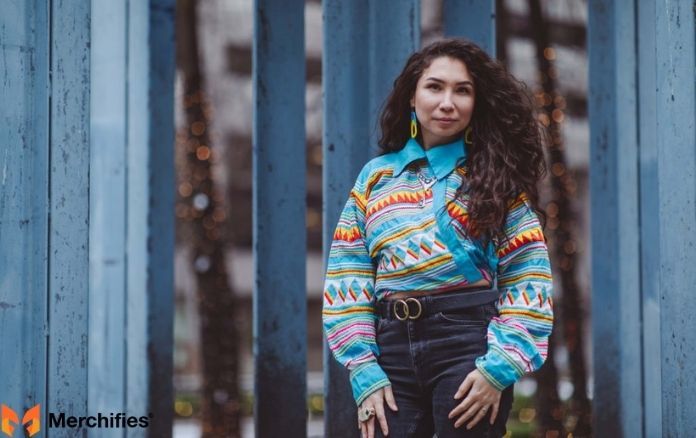
Defining Cultural Appropriation in Fashion
Cultural appropriation occurs when elements of a marginalized culture are adopted by a dominant culture without understanding, respect, acknowledgment, or consent. In fashion, this often manifests as designs, patterns, or motifs being lifted from Indigenous cultures and used for commercial gain, devoid of their original context and meaning. The detrimental impact is significant: it leads to exploitation, the commodification of sacred or traditional elements, and the erasure of original creators, often benefiting outsiders while original communities see no recognition or compensation.
The Path to Authentic Cultural Appreciation and "Equal Collaboration"
Authentic cultural appreciation, in contrast, involves a deep commitment to understanding the meaning, context, and history of cultural elements. As Evelyn Sage often emphasizes, true appreciation involves "equal collaboration"—a partnership where Indigenous creators are involved at every stage of the design and production process, from concept to final product. This approach prioritizes storytelling by Indigenous voices and explicitly credits sources. Fundamentally, ensuring fair compensation and robust IP protection are not just good practices; they are foundational to genuine appreciation, fostering relationships built on respect and mutual benefit rather than extraction.
Leading the Way: Examples of Ethical Native Shirt Production and Indigenous Collaboration
The movement towards ethical fashion is gaining momentum, powered by pioneering brands and dedicated Indigenous creators. Their work provides tangible examples of how ethical native shirt production and indigenous collaboration fashion can thrive.
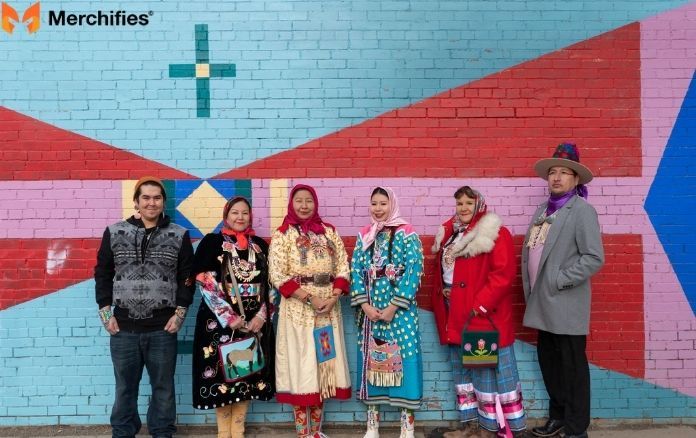
Pioneer Brands & Initiatives in Ethical Native Shirt Production
Several established brands are setting benchmarks for ethical engagement. Indigenous.com, for instance, stands out with its model of fair trade, organic clothing, and direct artisan partnerships, notably with Peruvian artisans. Their commitment ensures that traditional techniques are preserved and artisans are fairly compensated. Similarly, prominent designers like Gabriela Hearst have championed ethical practices, as seen in her impactful collaboration with Navajo textile artist Naiomi Glasses, bringing Indigenous artistry to a global stage with integrity and respect.
Thriving Indigenous-Owned Ethical Fashion Brands
Perhaps the most powerful examples come from thriving Indigenous-owned ethical fashion brands. Companies like Orenda Tribe, Hiptipico, Eighth Generation, Urban Native Era, and 4kinship are reclaiming heritage and promoting sustainable practices directly. These brands often integrate upcycling, eco-friendly techniques, natural materials, and traditional methods passed down through generations. They emphasize community support, reinvesting in their origins, and authentically preserving Indigenous culture, demonstrating that fashion can be both beautiful and profoundly meaningful.
Broader Movements and Frameworks
Beyond individual brands, broader movements are solidifying the foundations for ethical collaboration. The growth of Indigenous Fashion Weeks, for example, provides vital platforms for visibility, empowerment, and economic opportunities for Indigenous designers and artisans. Frameworks like the "Indigenous Partnership Principles" by Conservation International & Textile Exchange serve as crucial guides for industry best practices, setting standards for engagement that prioritize Indigenous rights and knowledge.
Conclusion: The Future of Fashion is Ethical, Collaborative, and Indigenous
The journey toward a truly responsible fashion industry is complex, but the path illuminated by ethical native shirt production and genuine indigenous collaboration fashion offers a clear and hopeful direction. We’ve explored its profound importance for cultural preservation, economic empowerment, and environmental well-being. This movement is not merely about producing garments; it's about weaving a future where tradition is honored, creators are compensated fairly, and the planet is respected.
For consumers, the call to action is clear: encourage conscious choices. Seek out and support genuinely ethical and Indigenous-owned brands. Ask questions about where your clothes come from and whose hands made them. As Evelyn Sage reminds us, every purchase is a vote for the kind of world we want to live in. The future outlook for fashion is increasingly equitable, respectful, and sustainable, driven by the invaluable knowledge and leadership of Indigenous communities worldwide. By embracing these principles, we can all contribute to a fashion industry that truly reflects our shared values.